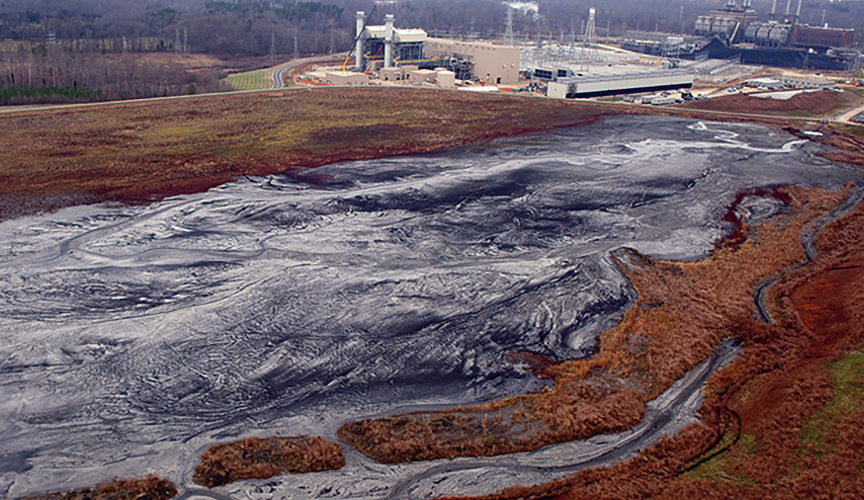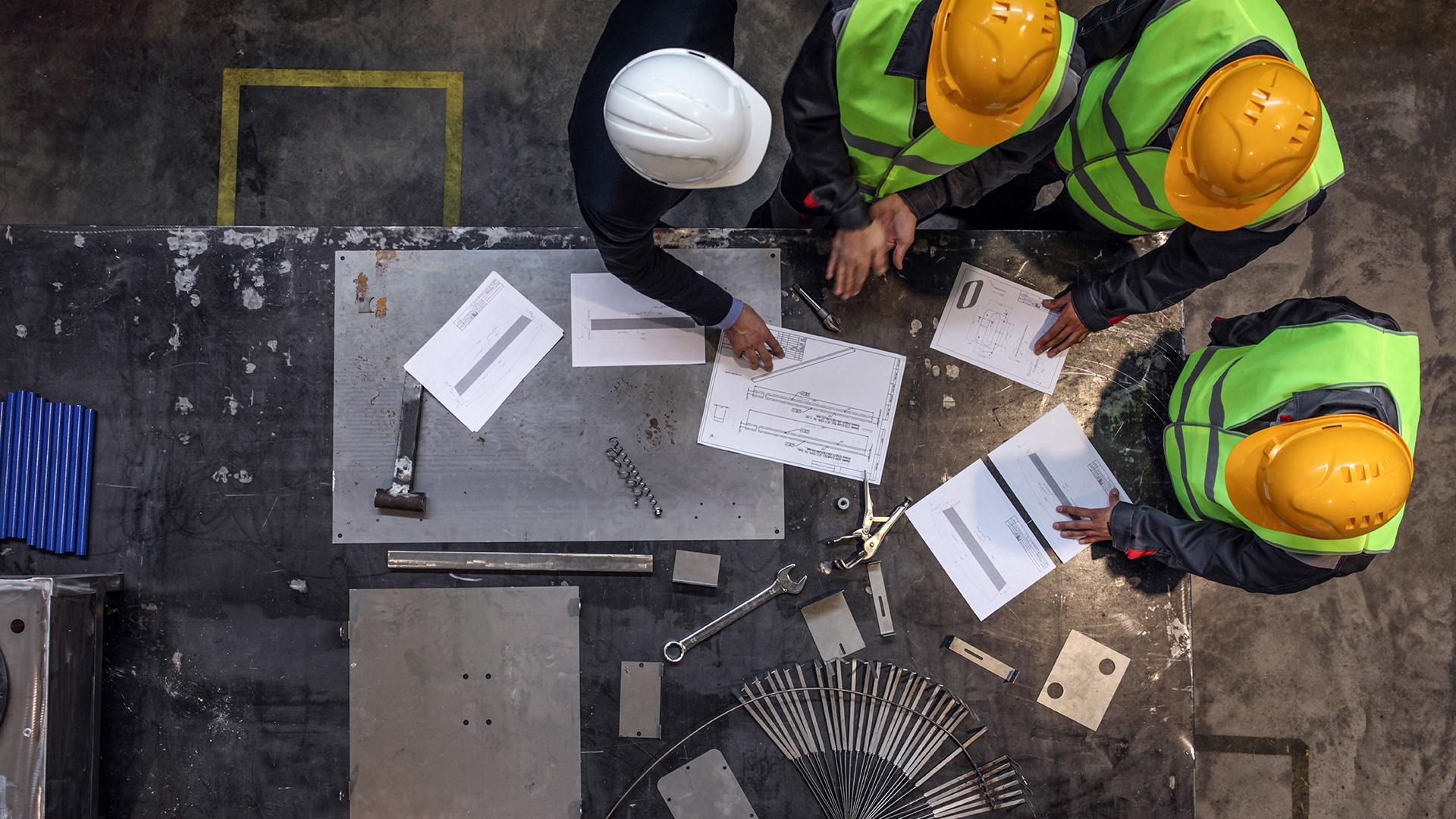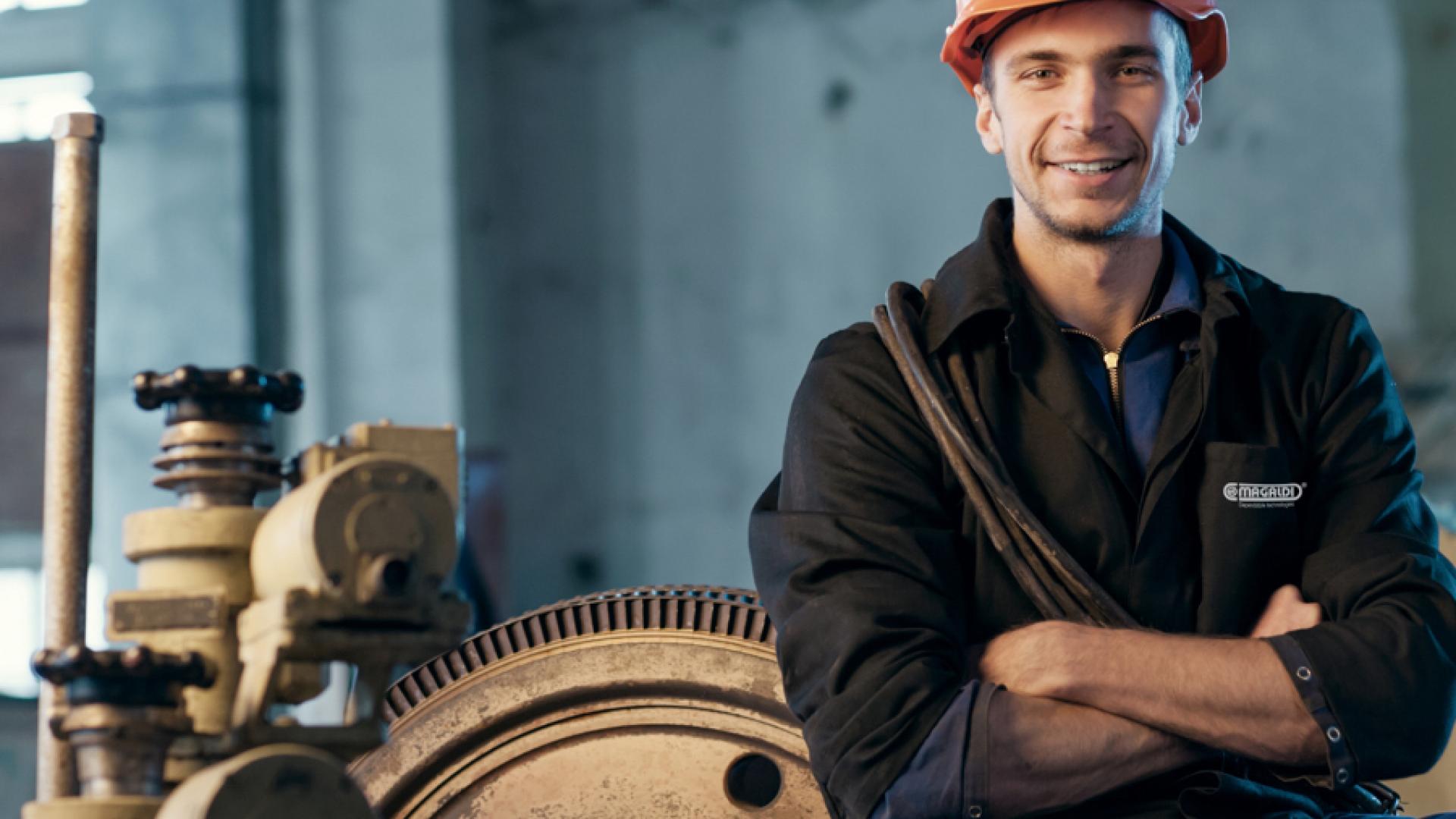
The World Bank estimates global waste will rise from 2.24 billion tons annually in 2020 to nearly 3.88 billion tons by 2050. Yet, landfill capacity is shrinking, and many regions - particularly islands, densely populated areas, and natural heritage zones - are already at breaking point.
No sustainable circular economy that relies on minimizing landfilling and promoting quality recycling can function well without Waste-to-Energy (WtE) incineration. WtE plants represent a strategic alternative to landfilling by converting waste into electricity and heat. However, they are not a zero-waste solution: each ton of incinerated waste generates between 150 and 250 kilograms of Incinerator Bottom Ash (IBA). If untreated or poorly managed, IBA becomes just another form of waste destined for landfills or ash ponds, thus undermining the circularity promise of WtE systems.
Regulatory Drivers for IBA Recycling and Valorization: A global shift
Policymakers worldwide are pushing IBA up the waste hierarchy, recognizing its valorization as a crucial aspect of sustainable waste management.
Central to this effort are the EU’s Circular Economy and Waste Framework Directives, which advocate for the classification of high-quality IBA as a resource, prompting member states to implement national standards or “end-of-waste” criteria aimed at facilitating its recovery and reuse.
A case in point is the Netherlands, which has achieved an impressive reuse rate of nearly 100% for municipal solid waste (MSW) bottom ash. Approximately 600,000 tons per year are repurposed for applications in road bases, embankments, and construction, facilitated by rigorous quality assurance protocols established through the Green Deal Bottom Ash. This agreement mandates that WtE operators recover over 75% of non-ferrous metals > 6 mm and ensure that all granulates meet strict cleanliness standards for practical applications.
In Denmark, legislation has long allowed the incorporation of bottom ash into road construction applications, with a notable expansion in 2012 to include high-load roadways. Consequently, around 99% of the bottom ash generated in Denmark is now effectively recovered.
Other European nations, including Belgium, France, Germany, Portugal, and Spain, similarly utilize bottom ash aggregates in various infrastructure projects, reinforcing the material's viability.
Switzerland employs a distinctive methodology by utilizing finer fractions of bottom ash as a cement substitute in fly ash stabilization processes, enhancing both material performance and sustainability.
In the UK, the Environment Agency has advanced regulatory frameworks to permit the use of unbound IBA aggregate in civil engineering projects without necessitating an environmental permit, contingent upon adherence to specific operational conditions.
In Asia, Singapore’s National Environment Agency explicitly targets ash valorization. The projection indicates the generation of approximately 1,500 tons per day of IBA and 300 tons of fly ash, with ongoing efforts to recover ferrous and non-ferrous metals before disposal.
Japan enforces stringent quality regulations for bottom ash, including a legal cap on "loss on ignition" (unburned carbon) at 5% and strict limits on heavy metals and dioxins.
Taiwan's 2020 regulatory framework mirrors these practices, establishing leaching standards for recycled IBA aggregates to ensure environmental safety and material integrity.
Collectively, these regulatory initiatives are fostering an emerging global paradigm that redefines IBA as a “secondary raw material.”
Standards and guidelines are progressively transitioning toward dry ash handling and reuse, in alignment with EU End-of-Waste criteria and national aggregate specifications. This evolution not only enhances recycling efficiency but also promotes a robust framework for sustainable waste management, effectively transforming IBA into a valuable resource for several applications.
MADAM: Dry IBA Management for Real Circularity
The Magaldi Dry Ash Management (MADAM) system emerges as a pivotal solution within a legislative framework that is always more oriented to going dry.
By replacing conventional wet ash handling methods with a fully dry system based on mechanical extraction and ambient air for cooling, MADAM enables WtE plants to manage IBA without water, and without the burdens of ash ponds and landfill dependency.
Instead of generating waterlogged, leachate-prone ash, the dry process delivers cleaner, drier, and structurally stable IBA, which is advantageous in both potential scenarios:
SCENARIO 1 - LANDFILL DISPOSAL
When IBA needs to be disposed of in a landfill, the MADAM system provides the benefit of reducing both the weight and volume of the ash. Dry ash retains its natural density and structure, achieving a weight reduction of 30-40% compared to wet ash, and a lower volume per ton, which translates to fewer truckloads, lower transport costs, and reduced tipping fees.
SCENARIO 2: INERT MATERIAL REUSE
In situations where the IBA aggregate fraction is intended for reuse, the dry extraction method is crucial. It enhances the recovery of metals from the ash, resulting in a cleaner and more sustainable IBA aggregate fraction. This improved quality makes the ash more marketable and suitable for applications such as road base and concrete products, significantly reducing the need for disposal.
Under optimal conditions, up to 80% of dry IBA can be reused, depending on local regulations and market requirements (European Commission JRC, End-of-Waste Criteria for Incinerator Bottom Ash, 2020). Importantly, although IBA is treated in a dry state to maximize resource recovery and quality, it remains possible to add water afterward to meet specific regulatory requirements.
By optimizing both disposal and reuse scenarios, the MADAM system facilitates compliance with emerging End-of-Waste criteria that emphasize improving material recovery rates and eliminating legacy environmental liabilities. This positions WtE plants at the forefront of a truly circular economy, effectively bridging the gap between waste reduction, energy recovery, and material reuse.
Conclusion
Landfills and ash ponds belong to an outdated chapter of waste management - unsustainable, inefficient, and out of sync with circular economy objectives.
In a world facing growing waste volumes, stricter environmental targets, and urgent decarbonization goals, dry IBA management systems like MADAM are not just a technical upgrade, but a strategic imperative for long-term resilience, profitability, and sustainability.

